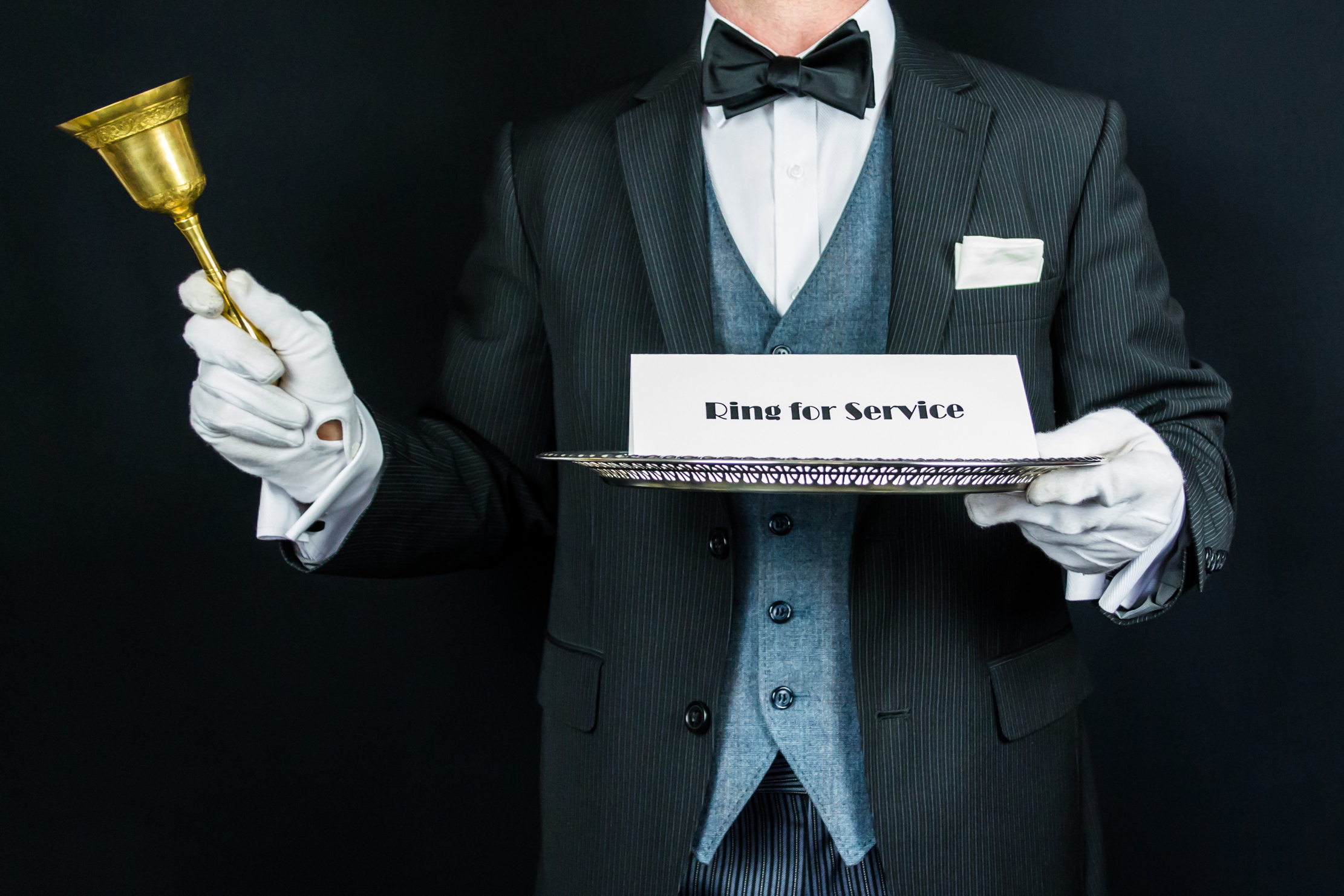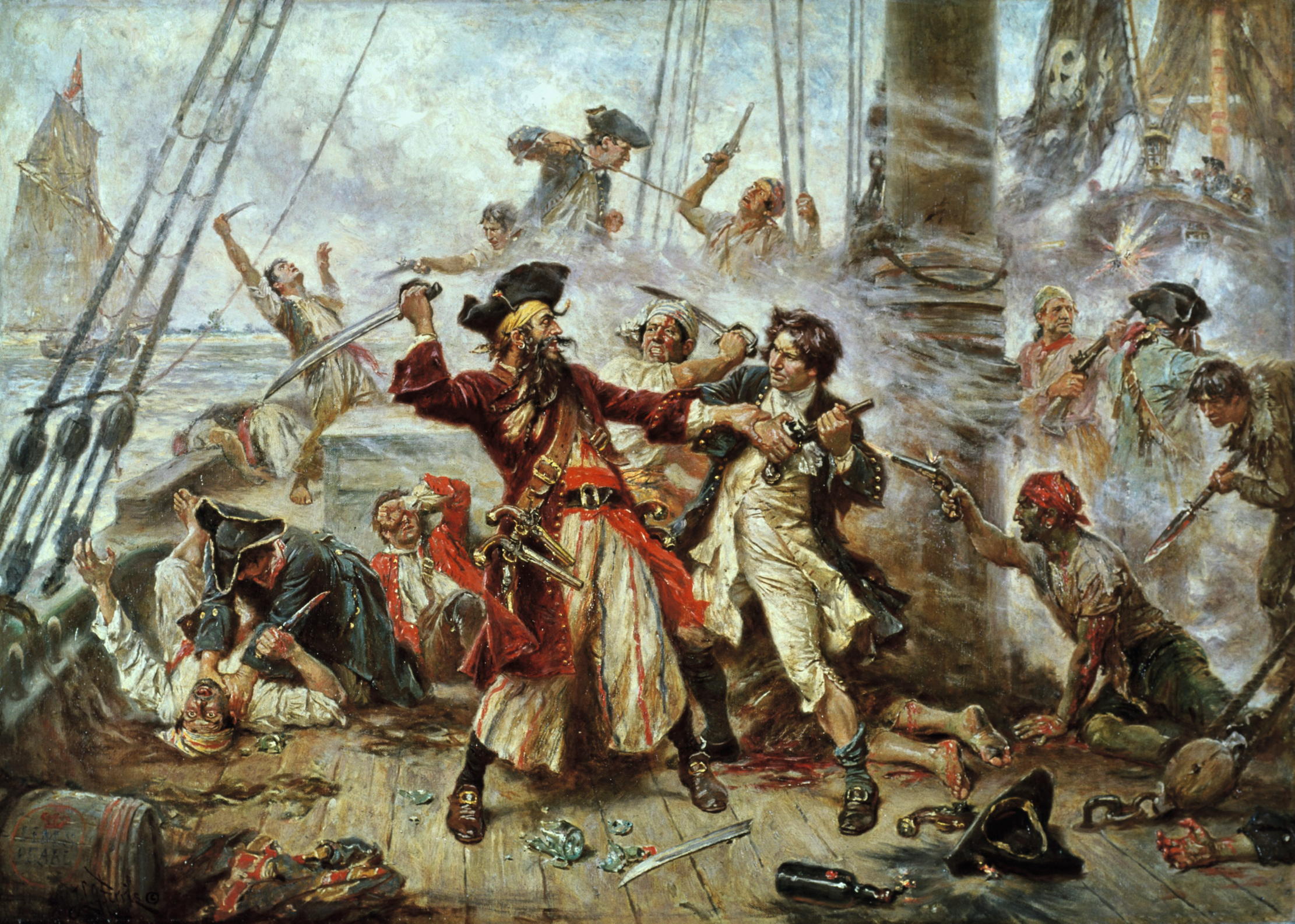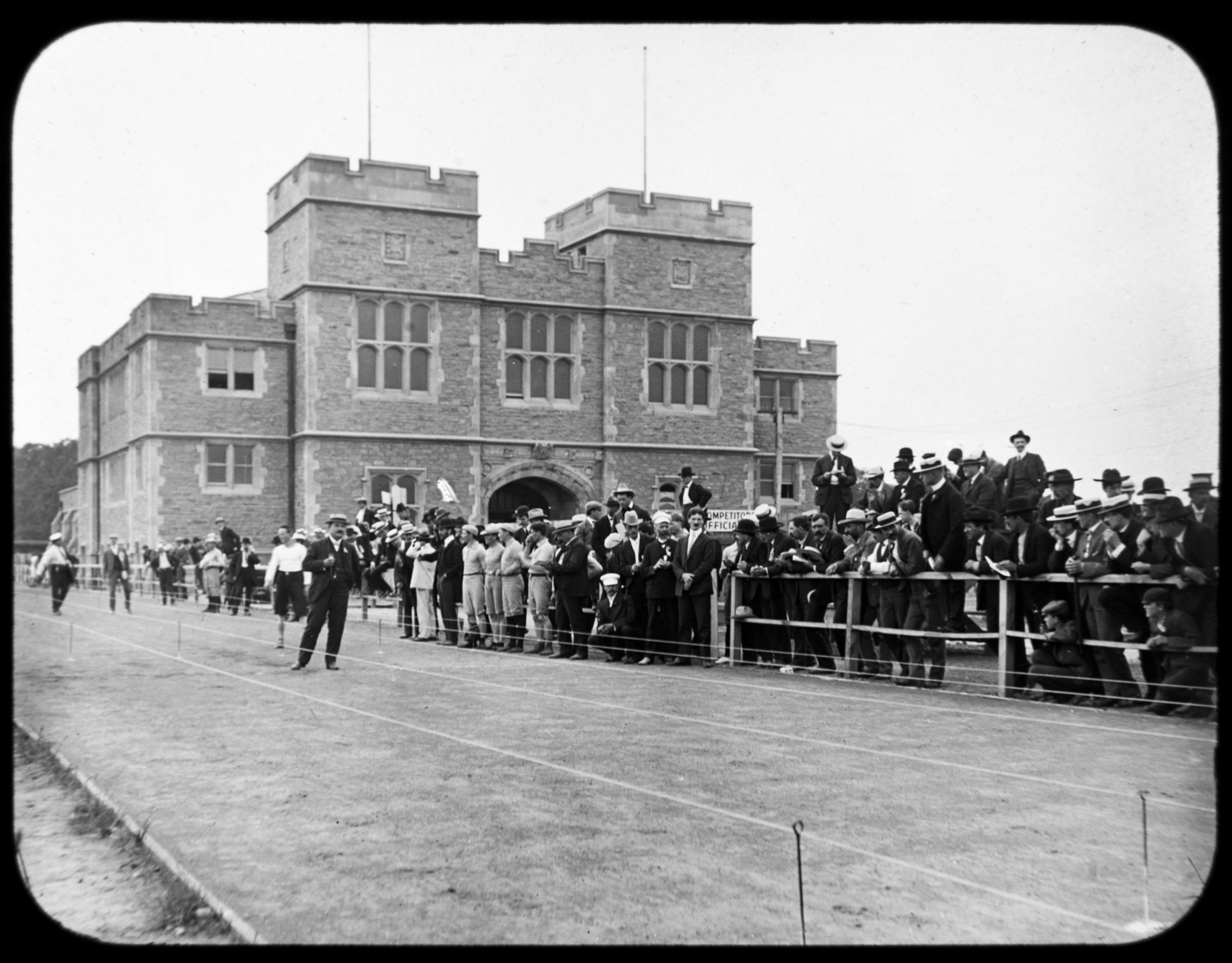You rang, your majesty? What it was like to be a servant in the Royal Household
Tending the royal bottom might be considered one of the worst jobs in history, but a life in elite domestic service offered many opportunities for self-advancement, finds Susan Jenkins.


Whatever our preconceptions today are about a life in domestic service, whether based on Upstairs Downstairs, Downton Abbey or even Netflix’s Bridgerton, they almost certainly fall short of the reality. Aristocratic and middle-class households may seem familiar to us, but it was the Royal Household — as the epicentre of etiquette — that set the pattern for service and the royal model was emulated at all levels of society.
Philip Stanhope, 4th Earl of Chesterfield, seeking to prepare his son for life at the royal Court in the mid 18th century, wrote: ‘There is at Court, a chain, which connects the Prince… with the Page of the back-stairs, or the Chambermaid. The King’s Wife, or Mistress, has an influence over him; a Lover has an influence over her; the Chambermaid, or the Valet de Chambre, has an influence over both; and so, ad infinitum.’ The interconnectedness of the served and serving helped the household to function and balanced the administrative demands of running several households with the provision of the most intimate services for the monarch.
The Royal Household revolved around numerous residences that were staffed by more than 1,000 domestic servants. Whenever Queen Anne tried to cut back on her employees, she never succeeded for long and numbers swiftly climbed again to in excess of 1,300 individuals. The Queen’s household was run by important aristocrats with titles such as Lord Chamberlain (who headed a department of up to 900 staff), Lord Steward (up to 350 staff) and Master of the Horse (up to 170 staff). Her household was an expensive, hierarchical administrative machine that supported the monarch and catered to her every need as she moved from palace to palace.
Royal servants also controlled access to the monarch, which meant that they literally held the key to royal favours and sometimes extracted payment from supplicants in return. The sign of access was the gilt-bronze pass key that opened royal doors, seen flaunted on the hip of Queen Caroline’s Vice-Chamberlain in the portrait of John Hervey, 2nd Baron Hervey of Ickworth. Lord Hervey wrote a revealing and waspish account of life at Court and took his control of access to the Queen one step further by marrying her Maid of Honour, Molly Lepell.
Royal-household accounts record payments to teams of staff that catered for every function, from Pages of the Presence Chamber and Back Stairs (and their assistants) to Gentlemen Ushers Daily Waiters, not forgetting Ladies of the Bedchamber, Dairy Women and the Dancing Master, Apothecary and Chaiseman. Roles such as the housekeeper were the province of men not women and bore the responsibility of granting access to palaces and vetting visitors.
Theodore Randue, Housekeeper for Windsor Castle in 1700, doubtless accepted payment for allowing visitors to enter and for showing them around. He initiated the complex etiquette of visiting a noble residence that can be observed in the household of the immensely wealthy Duke of Chandos. The Duke’s visitors were first met by the porter, followed by the footman on duty in the Great Hall, then the Usher of the Hall and afterwards by the Master of Household, who, if they were gentlemen of the ‘better sort’, would show them the house and gardens and decide if they merited an invitation to dinner.
'William III’s Groom of the Stool was his great friend, the Dutch courtier William Bentinck, 1st Earl of Portland, whose duties included attendance on the King when he sat on the lavatory'
Close personal servants performed all kinds of intimate services for their employer and received royal favours in return. William III’s Groom of the Stool was his great friend, the Dutch courtier William Bentinck, 1st Earl of Portland, whose duties included attendance on the King when he sat on the lavatory. George I’s valets, Ernst August Mustapha von Misitri and Georg Ludwig Maximilian Mehmet von Königstreu, accompanied him from Hanover and took care of his haemorrhoid treatment. Queen Charlotte’s laundry woman, Mrs Grosvenor, had the unenviable task of washing the ‘stool ducketts’, the linen she used as loo paper, adding blue dye to the final rinse to create the illusion of whiteness and to stop the linen yellowing.
Exquisite houses, the beauty of Nature, and how to get the most from your life, straight to your inbox.
Queen Charlotte’s staff understandably included four nurses, three cradle rockers, two nursery maids and a necessary (cleaning) woman, to care for the 15 royal children that she bore for George III. The Queen naturally required a succession of wet and dry nurses to help with her many pregnancies, too, and the selection process to qualify as a royal wet nurse was particularly rigorous.
John Shirley, writing in The Accomplished Ladies Rich Closet of Rarities in 1691, explained how the ideal wet nurse should be ‘plump of body… pleasant and cheerful… See she wants for nothing, for if she be necessitated the child must pine’. Princess Charlotte’s wet nurse, Frances Muttlebury, was vetted by the influential royal governess Lady Charlotte Finch and examined by the Queen’s surgeon. The fortunate Katherine Elliot, hired as a wet nurse to breastfeed the infant James II, was a much-loved royal servant, painted by John Riley in 1687, who received a handsome £300 per year throughout her life as a mark of royal favour.
Despite occasional indignities, a life in royal service offered the prospect of favour and opportunities for self-advancement. Take Queen Anne’s footman, William Fortnum. He served in the Great Bedchamber, which was lit every night with fresh candles (30 best-quality ‘whitewax’ candles on a public night and 10 on a private night). Fortnum was authorised, alongside the Queen’s other grooms and pages, to sell the unburnt candle ends. By 1707, he had made enough money to resign from royal service and start a grocery business with his landlord, Hugh Mason. Groceries, specialised teas and candles can still be purchased at the emporium he founded, Fortnum & Mason on London’s Piccadilly, holder of the Royal Warrant.
Royal favour frequently led to advancement for the whole family. Thomas Tosier, George I’s chocolate-maker at Hampton Court, delivered a cup of the newly fashionable hot chocolate, flavoured with jasmine and aniseed, to the King every morning and his wife, Grace, ran a Chocolate House in Greenwich. The Timms family occupied the office of Waterman for three generations, plying the oars of the Royal Barge. By 1838, William Timms, aged 95 and still in service, had served under four monarchs.
The demand for domestic servants was profoundly affected by social change and the decline of country-house estates. Stevens, the butler at fictional Darlington Hall, portrayed by Anthony Hopkins in the poignant film The Remains of the Day, gradually realises that his familiar world of unquestioning domestic service has disappeared forever. Despite this undoubted decline, in today’s world, staff are still required to manage large households — even if their tasks have diversified. In fact, employees of 21st-century high-net-worth individuals face many challenges that would not surprise members of the 18th-century royal establishment.
‘Untold Lives: A Palace at Work’ is at Kensington Palace, London W8, until October 27

Curious Questions: Why do we still love pirate stories, 300 years on from Blackbeard?
Tales of swashbuckling pirates have entertained audiences for years, inspired by real-life British men and women, says Jack Watkins.

Curious Questions: Why is race walking an Olympic sport?
The history of the Olympics is full of curious events which only come to prominence once every four years. Martin

Curious Questions: Why do all of Britain's dolphins and whales belong to the King?
More species of whale, dolphin and porpoise can be spotted in the UK than anywhere else in northern Europe and
Country Life is unlike any other magazine: the only glossy weekly on the newsstand and the only magazine that has been guest-edited by His Majesty The King not once, but twice. It is a celebration of modern rural life and all its diverse joys and pleasures — that was first published in Queen Victoria's Diamond Jubilee year. Our eclectic mixture of witty and informative content — from the most up-to-date property news and commentary and a coveted glimpse inside some of the UK's best houses and gardens, to gardening, the arts and interior design, written by experts in their field — still cannot be found in print or online, anywhere else.
